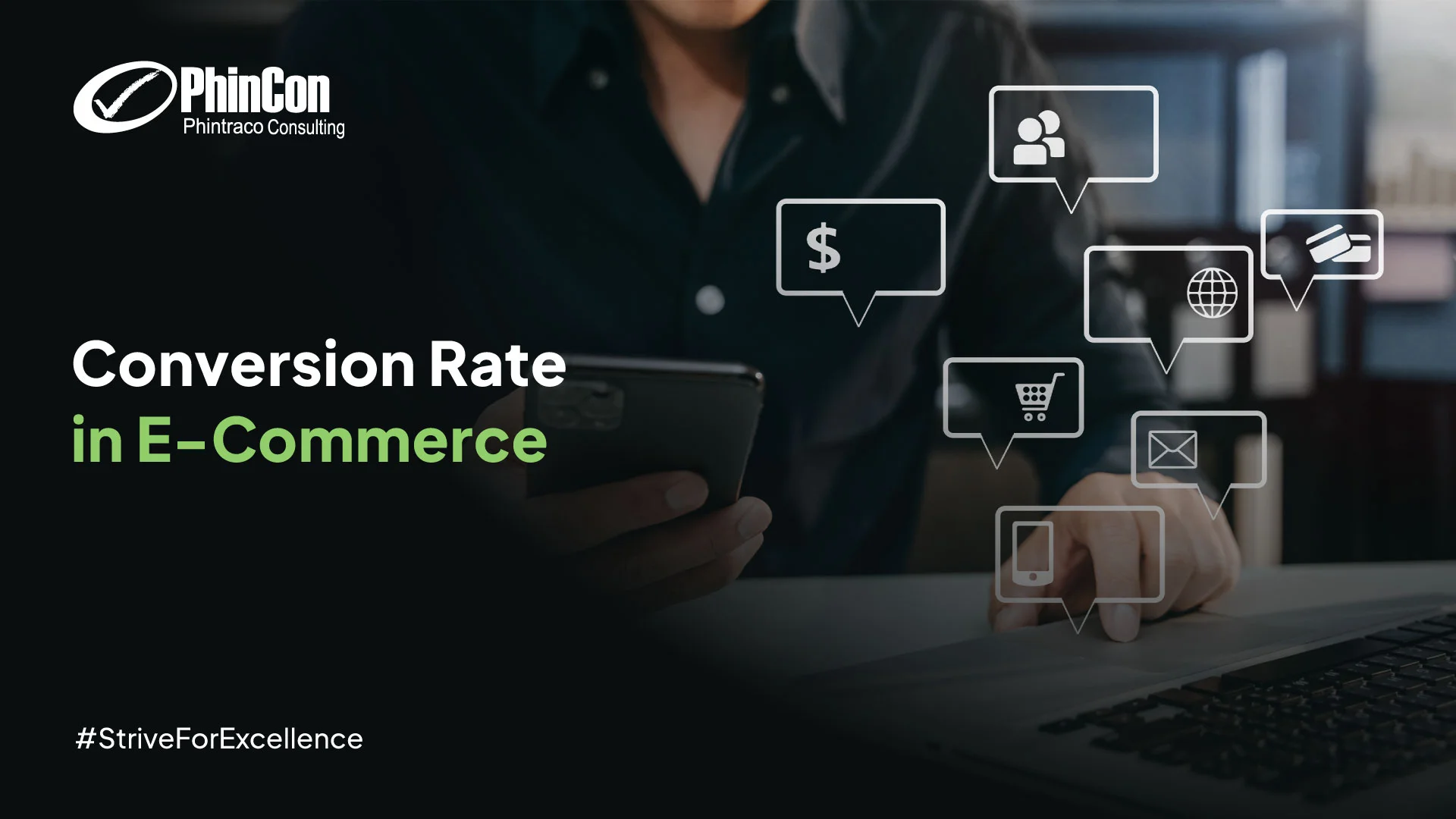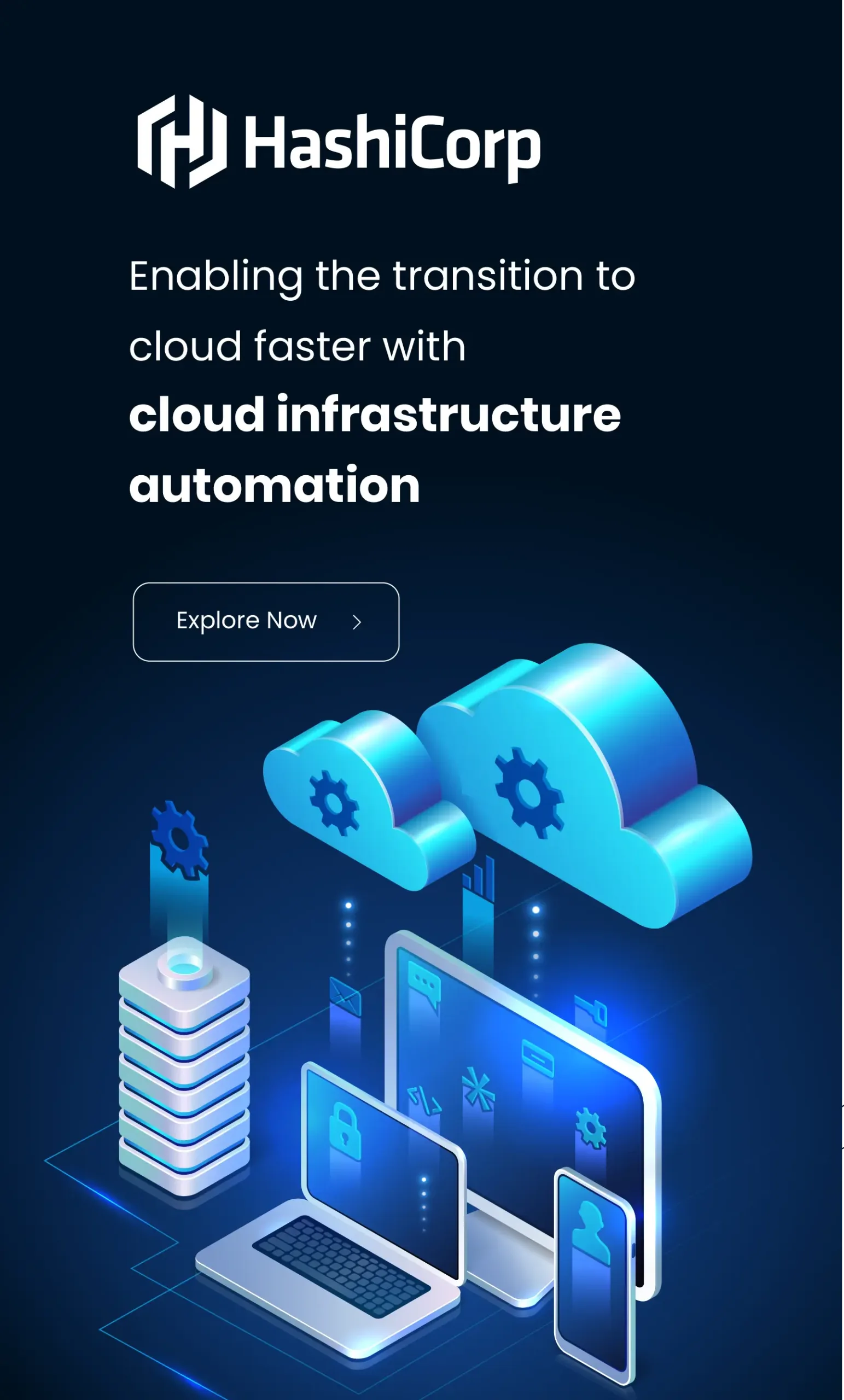Blog and News

Conversion Rate in Ecommerce: Best Practices for Higher Sales
Imagine you are a business owner running an online fashion store. You’re getting thousands of visitors each week on your website, but your sales aren’t reflecting that traffic. You’ve invested in ads, redesign your website, and even offered discounts, but the number of people actually finishing the purchase remains frustratingly low. This is the situation where understanding and increasing the conversion rate in ecommerce becomes important.
Conversion rate in ecommerce is not just fancy words. It is a key performance metric to indicate how effective a website is in turning visitors into paying customers. As a business owner, you definitely don’t want your visitors to just stroll around the website and not do the actions you wanted. We will explore deeper into what the conversion rate in ecommerce is and how to increase conversion rate in your ecommerce.
What is Conversion Rate in Ecommerce?
Conversion rate in ecommerce refers to the percentage of website visitors who complete a desired action, with the most common being making a purchase, but it can also include signing up for a newsletter, adding items to a cart, or filling out a contact form. This metric is called the “conversion rate” because it measures how well the website converts visitors into leads or customers.
Since ecommerce businesses operate entirely online, conversion rate is a key performance indicator, as it directly impacts revenue and profitability. Understanding and tracking your conversion rate helps to evaluate how effectively the website drives user actions, offering valuable insights into customer behavior, site design, and overall user experience.
How to Calculate Conversion Rate in Ecommerce?
A conversion rate for ecommerce is typically defined by a completed sale, but it can also include other desired actions, such as newsletter signups or form submissions. For standard reporting in e-commerce, a conversion is most often a purchase.
To calculate conversion rate for ecommerce, you will need two data:
- Total Number of Visitors: Count all unique visitors or sessions to the website within a specific time period (weekly, monthly, quarterly, yearly, or after a large campaign).
- Total Number of Conversions: Count the number of visitors that completed the desired action in the same period.
Here is the formula to calculate conversion rate in ecommerce:
Conversion Rate (%) = (Number of Conversions / Total Number of Visitors) x 100
For example, if your website had 1000 visitors and 20 people made a purchase, your conversion rate is 2%.
What is a Good Conversion Rate for Ecommerce?
The conversion rate for ecommerce varies by industry due to differences in customer behavior, purchase habits, and product value. As of November 2024, the food and beverage industry leads with a 6.11% average conversion rate, followed by multi-brand retail (4.90%) and beauty and personal care (4.55%), according to Oberlo. On average, a good conversion rate for ecommerce ranges from 2% to 3%.
However, achieving a strong conversion rate isn’t just about meeting industry benchmarks. Key factors such as website design, user experience, and targeted marketing also play a critical role. A well-optimized, user-friendly website can significantly outperform average rates. Additionally, leveraging data analytics to understand customer behavior allows businesses to tailor their strategies and offerings more effectively, driving higher conversion performance.
How to Improve Conversion Rate in Ecommerce?
Increasing the conversion rate in ecommerce involves various strategic approaches designed to turn more website visitors into paying customers. Here are several actions you can take to increase the conversion rate in your ecommerce website:
Ease Navigation and Reduce Cognitive Load
A simple, well-organized navigation allows customers to move effortlessly through your website. Limiting featured categories, organizing subcategories, and using tools like filters help users find products quickly without feeling overwhelmed. This will reduce the mental effort required, making the shopping experience smooth and encouraging more purchases.
Optimize for Mobile Shopping Experience
With a significant portion of traffic coming from mobile devices, a mobile-friendly design is crucial to increase conversion rate. Keep the interface clean, use sticky buttons for easy access, and ensure fast loading times. This will minimize distractions and make the buying process more intuitive for users on smaller screens, directly boosting conversion rates.
Offer Free Shipping and Competitive Pricing
Free shipping is a strong incentive to encourage customers to finish their purchase. If free shipping isn’t possible, consider incorporating the cost into product pricing. Competitive pricing, especially for widely available items, ensures the ecommerce website to remain attractive to customers.
Simplify the Checkout Process
A complicated checkout process leads to cart abandonment. To avoid this, streamline the process by minimizing steps, offering guest checkout, and providing multiple payment options. This will help customers to complete their purchases and increase conversion rate significantly.
Informative Product Descriptions
As customers can’t physically interact with products, having informative product descriptions is necessary to help them visualize what they’re buying. This not only includes clear and persuasive product descriptions with high-quality copies, but also high-quality images or videos to reduce uncertainty and increase trust. This will lead to higher purchase confidence and conversion rates.
Personalize Shopping Experience
Tailoring recommendations and content based on customer behavior or demographics can make customers feel understood and valued. Personalization also increases engagement with customers and the likelihood of conversion by showing relevant products and offerings.
Test and Experiment
Regularly review website analytics to identify problems and opportunities for improvements. You should try testing different elements, such as headlines, images, call-to-action, and layouts, to identify what works best for your audience, which is necessary to boost conversion rate. A/B testing and data-driven experimentation is crucial for continuous improvement in your ecommerce website.
Struggling with Low Conversion Rates? Outsource to Expert IT Teams in Indonesia with PhinCon
If your eCommerce business is facing low conversion rates, the solution might lie beyond just website tweaks, but having the right tech talent to drive innovation and performance. PhinCon Pte Ltd offers expert IT outsourcing services that connect foreign companies with highly skilled IT professionals from Indonesia, helping you to strengthen your digital capabilities without the hassle of managing in-house teams.
Whether you’re expanding your operations to Indonesia or looking for remote IT talent, PhinCon provides end-to-end support: from sourcing and screening to recruitment, salary, benefits, and tax administration. Our talent pool includes IT experts of various roles, including Android Developer, iOS Developer, Fullstack Developer, Golang Developer, Mobile Developer, Quality Assurance, DevOps, Business Analyst, Solution Architect, Project Manager, and L2 Operation Support.
With the support of our dedicated Resource Management Team, a wide partner network, a large candidate database, and graduates from our PhinCon Academy IT bootcamp, we ensure a fast and reliable hiring process. This allows you to focus on your core business operations while we take care of your IT resource management needs.
For more information regarding our IT outsourcing service, contact us through email sales.sg@phincon.com.
Editor: Irnadia Fardila
Popular Posts





